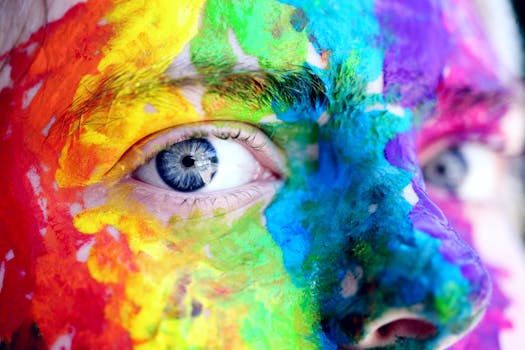Complete Guide on Matching Colors in Your Outfits for a Harmonious Look, Regardless of the Season
Color matching in fashion is an art that can elevate your style and enhance your overall appearance. Whether you are dressing for a casual outing, a professional setting, or a special occasion, understanding how to coordinate colors can make a significant difference. This guide will provide you with essential tips and techniques to create harmonious outfits throughout the year.
The Basics of Color Theory
Before diving into practical applications, it’s crucial to understand the fundamentals of color theory. Color theory is the science of how colors interact and the emotional responses they evoke. Here are some key concepts:
- Primary Colors: Red, blue, and yellow are the building blocks of all other colors.
- Secondary Colors: Created by mixing primary colors, these include green, orange, and purple.
- Tertiary Colors: Formed by mixing primary and secondary colors, such as red-orange or blue-green.
- Complementary Colors: Colors opposite each other on the color wheel, like blue and orange, create a vibrant contrast.
- Analogous Colors: Colors next to each other on the color wheel, such as blue, blue-green, and green, provide a harmonious look.
Seasonal Color Matching
Different seasons bring unique color palettes that can influence your outfit choices. Here’s how to match colors according to the season:
Spring
Spring is characterized by fresh, vibrant colors. Think pastels and floral patterns. Here are some tips:
- Pair soft pinks with light greens for a refreshing look.
- Combine lavender with white for a clean, elegant outfit.
- Incorporate floral prints with solid colors to balance your look.
Summer
Summer calls for bright and bold colors. Embrace the warmth with these combinations:
- Mix bright yellows with navy blue for a striking contrast.
- Pair coral with turquoise for a fun, beachy vibe.
- Use white as a base to highlight vibrant accessories.
Autumn
Autumn is all about rich, earthy tones. Here’s how to match colors during this season:
- Combine deep burgundy with mustard yellow for a warm palette.
- Pair olive green with burnt orange for a cozy feel.
- Use neutral tones like beige or gray to balance bolder colors.
Winter
Winter outfits often feature darker, more muted colors. Consider these combinations:
- Match charcoal gray with deep red for a sophisticated look.
- Pair navy blue with emerald green for a rich, elegant outfit.
- Incorporate metallics like silver or gold for a festive touch.
Practical Tips for Color Matching
In addition to seasonal considerations, here are some practical tips to help you match colors effectively:
- Use the 60-30-10 Rule: Allocate 60% of your outfit to a dominant color, 30% to a secondary color, and 10% to an accent color.
- Consider Skin Tone: Warm skin tones look great in earthy colors, while cool skin tones shine in jewel tones.
- Accessorize Wisely: Use accessories to introduce new colors without overwhelming your outfit.
- Experiment with Textures: Different fabrics can change the perception of color; mix textures for added depth.
Case Studies and Statistics
Research shows that color can significantly impact perceptions of professionalism and attractiveness. A study by the University of California found that individuals wearing blue were perceived as more trustworthy, while those in red were seen as more confident. Additionally, a survey by Color Marketing Group revealed that 93% of consumers make purchasing decisions based on visual appearance, including color.
Conclusion
Mastering the art of color matching can transform your wardrobe and enhance your personal style. By understanding color theory, considering seasonal palettes, and applying practical tips, you can create harmonious outfits that reflect your personality and boost your confidence. Remember, fashion is not just about following trends; it’s about expressing yourself through color and style. Embrace the power of color, and let your outfits speak for you!
